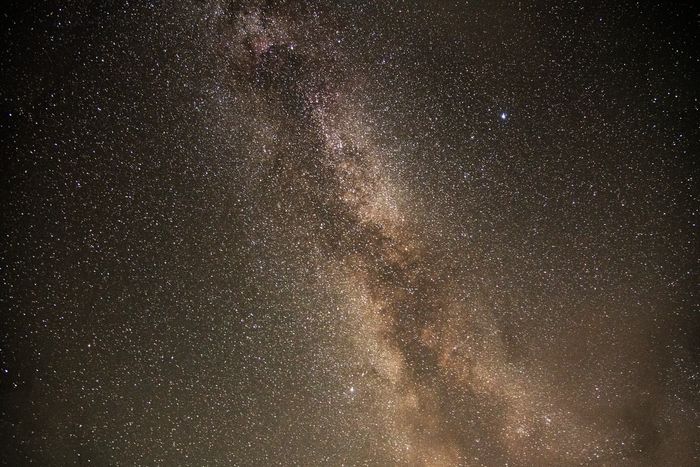Photographing the Milky Way
Posted on 13/05/22 in blogs

Trying something a little bit different photography wise. This is my first
attempt at photographing the Milky Way. With the dark nights upon us, it’s a
perfect opportunity to capture the night sky and to practice my Astrophotography
skills.
Exposure mode: Manual
Shutter speed: 1/30s
F-number: f/4
ISO: 3200
Focal Length: 24mm
Here’s some amazing facts about our galactic home:
• The Milky Way has several satellite galaxies and is part of the Local Group of
galaxies, which form part of the Virgo Supercluster, which is itself a component
of the Laniakea Supercluster.
• The Milky Way may contain ten billion white dwarfs, a billion neutron stars,
and a hundred million stellar black holes.
• The Milky Way is approximately 890 billion to 1.54 trillion times the mass of
the Sun
• The solar system is zooming through interstellar space at around 500,000 miles
an hour. Even at that rate, it takes about 250 million years to travel once
around the Milky Way.
• There are a hundred billion stars in the Milky Way. Or is it 300 billion? Or
400 billion? That’s right—we don’t actually know how many stars are in our
galaxy.
• Supermassive black hole Sagittarius A* is located in the middle of the Milky
Way galaxy. We’ve never seen this object directly—it’s hidden behind thick
clouds of dust and gas.
• Our galactic home is one of trillions of galaxies in the universe
• In about four billion years, the Milky Way will collide with its nearest
neighbour, the Andromeda Galaxy. The two spiral galaxies are currently hurtling
toward each other at 250,000 miles an hour.





